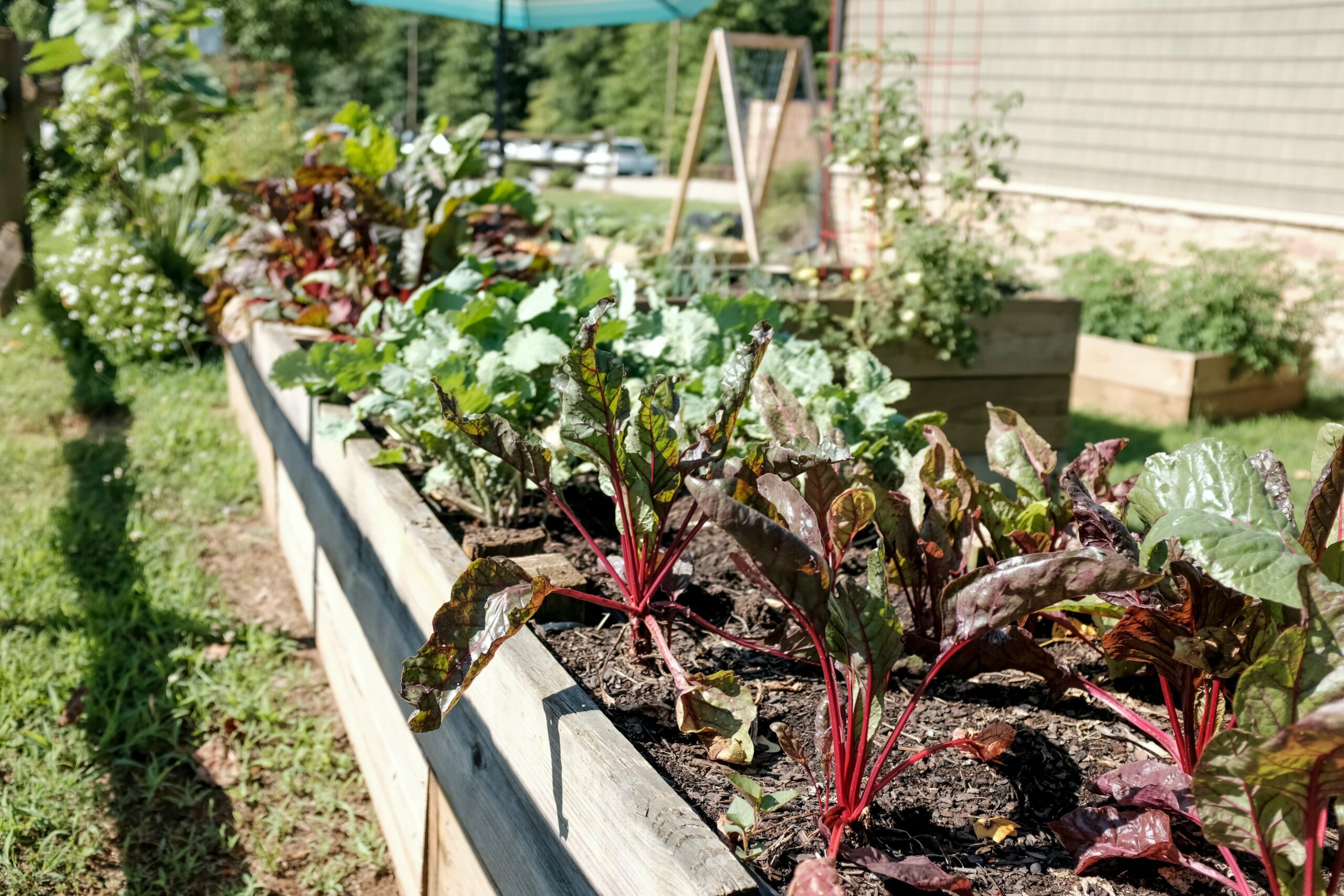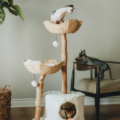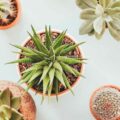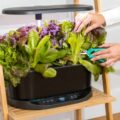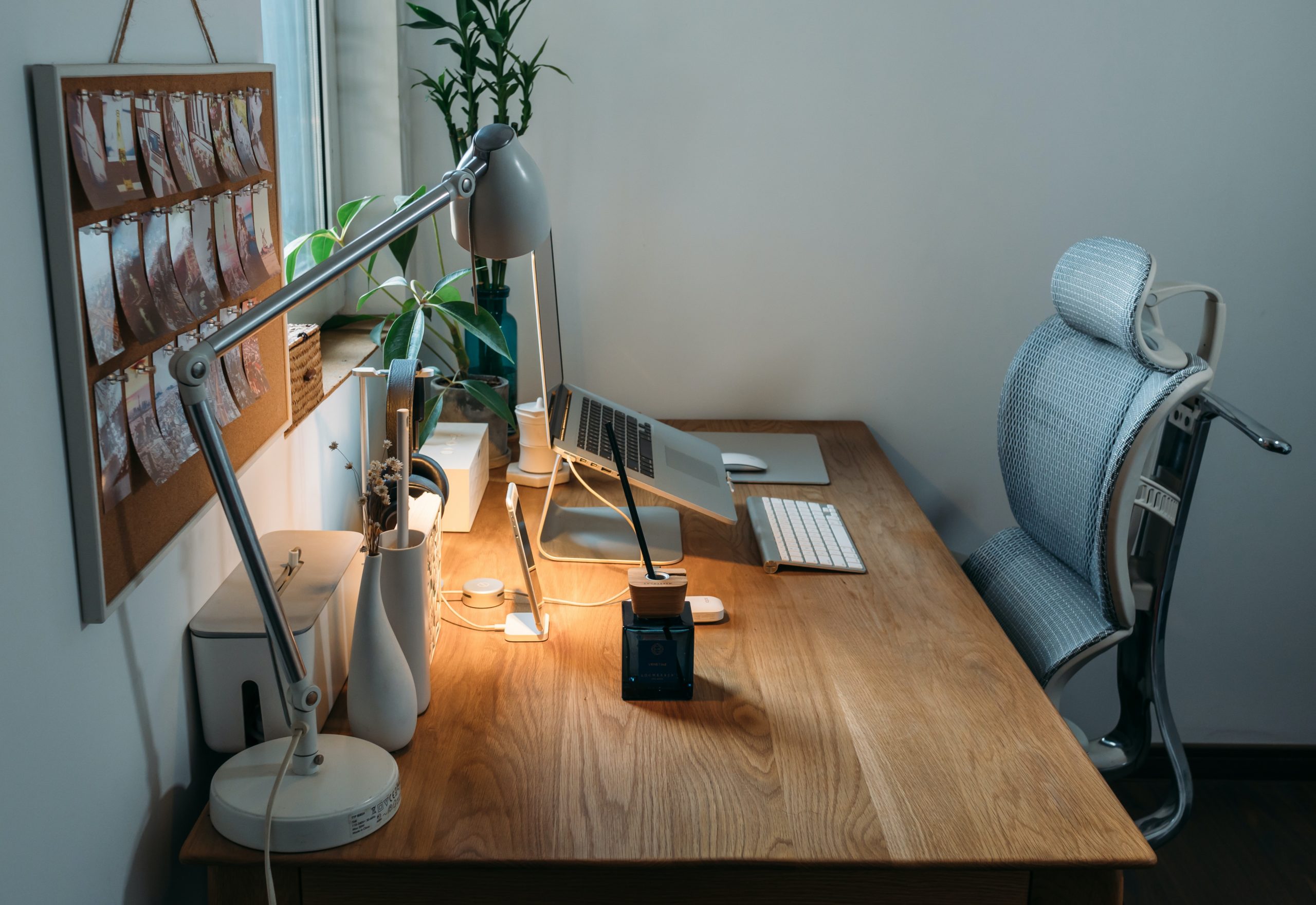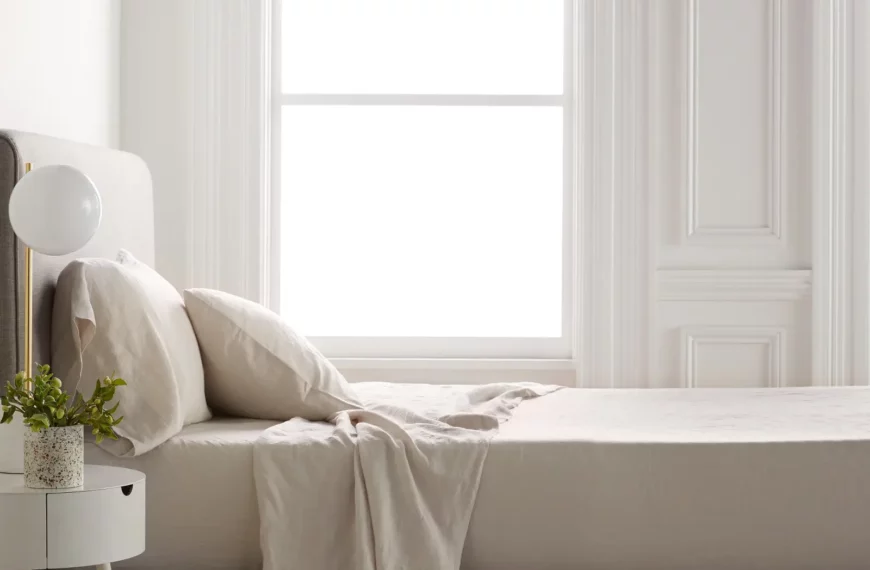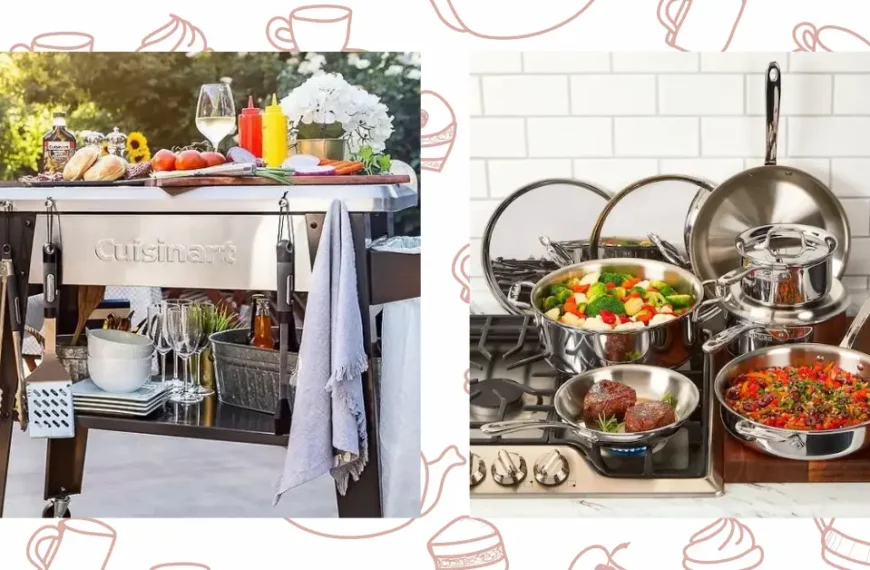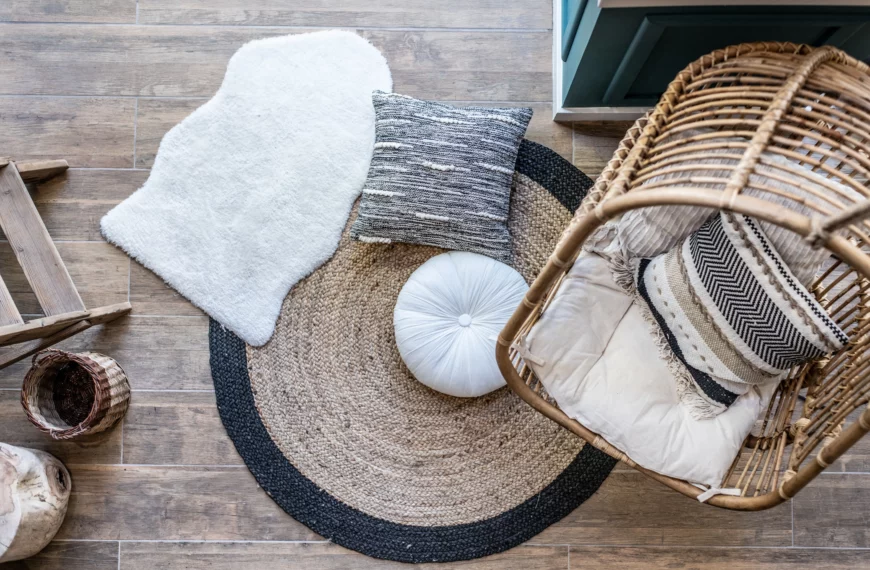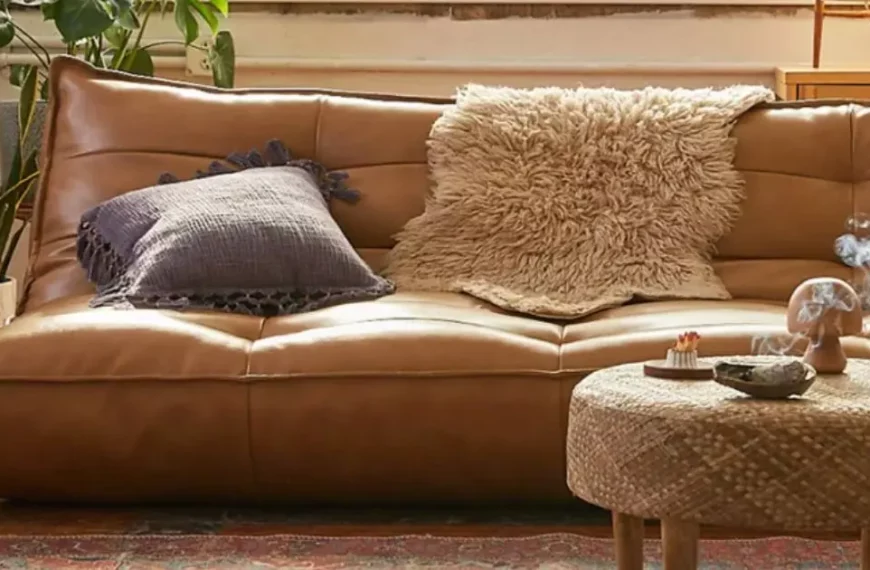If there is one thing I look forward to every year, it is gathering with friends and family in my backyard paradise. Whether it is a simple herb garden or a beautiful flower patch, I love transforming my backyard into a place that myself and others will never want to leave. However, gardening is hard and traditionally takes lots of work. With some of the many gardening hacks out there, you don’t necessarily need to spend hours in your backyard to transform it into a beautiful space.
The following “hacks” will give you tons of resources and great ways to bridge the gap between the time you have and the garden you desire.
Gardening Hacks
Plant Seedlings in Old Eggshells
There’s nothing quite like the feeling of growing a plant from its very beginning. Growing a plant from seed can be difficult, however, especially considering how many times you will need to transplant it as the plant grows.
This gardening hack saves you so much time and stress, as you simply plant the seed in an eggshell, making it easy to transport each time the plant grows.
This also helps the plant grow as eggshells contain nutrients that will help plants grow and thrive (and they help repel certain types of pests)..
All you will need to try this method at home is a half of an eggshell (keep it easy and use one from breakfast the previous day).
Wash the eggshell thoroughly and dry completely before planting the seed. Place the seedling in front of a sunny window, make sure to water it weekly, and watch your beautiful baby plant grow!
Kitchen Waste = Plant Food
One of the most simple and effective gardening hacks is to use everyday leftovers you’d normally throw out to give your. plants extra nutrients! Sprinkle the following into the soil of your plants to help them thrive!
- Eggshells
- Coffee grounds
- Orange peels
- Banana peels
Sponge Method for Potted Plants
It is not an uncommon experience to lose a potted plant, only to later discover that too much water collected at the bottom of a pot, resulting in root rot.
An easy way to ensure that this doesn’t happen is to cut up some old household sponges and place them in the bottom of a pot before you plant. The sponge will act as an absorbing agent, allowing both the plant to properly irrigate and the soil to drain.
Vinegar (Easy and Safe Weed Killer)
Vinegar is truly a homeowner’s best friend, as it acts as a safe and clean way to clear your yard of weeds. Simply pour vinegar straight onto the weed and watch as it satisfyingly goes away. Repeat the process as much as is needed.
Note: Vinegar is an especially good weed killer for those with chemical allergies and is also pet and child friendly, so you don’t have to worry about letting your dog run freely around the yard.
Prevent Root Rot + Fungal Infections with Hydrogen Peroxide
Hydrogen Peroxide is the classic jack-of-all-trades. It is a miracle worker in helping your plants stay healthy and adequately moist.
Gently spritzing your seedlings with a 3% hydrogen peroxide solution once a day will protect them from fungal diseases.
Aside from this, a mixture of 1 part hydrogen peroxide to 32 parts water will go a long way in preventing root rot, which is one of the most common killers in house plants and outdoor potted plants.
Disposable Coffee Cups for Minimal Watering
Two aloe plants have graced my patio for three years now, as I grew them from barely older than a seedling to now fully mature plants.
The problem that I have experienced, however, is how to water them. It’s common knowledge in the plant world that succulents and aloes don’t like a lot of water, but how do you reach the sweet spot of just enough water and not too much?
This tried-and-true method provides the solution with a simple, easy to find household commodity–a disposable coffee cup. Disposable coffee cups (with the lid) make a perfect watering can for tropical plants that don’t like a ton of water; as the small hole in the lid allows you to easily control the amount of water, ensuring that you don’t overwater in the process.
Note: You will want to wash the coffee cup of any previous liquids before using it to water your plants.
Coffee Filter for Hanging Plants
We’ve all seen the Pinterest pictures of gorgeous ferns on a back patio and instantly imagine making our backyard patio into a party-worthy space, only to find a dirty floor every time we water our hanging baskets.
A simple solution is to put a coffee filter at the bottom of your pot before planting. This will hold the dirt in the pot while also allowing the water to properly drain–meaning less work for you and a clean, gorgeous patio.
Shredded Soap to Deter Animals
Deer and Rabbits are beautiful to look at, but a dangerous menace when in your garden.
Keep these pesky animals away from your luscious vegetable and flower gardens by simply shredding some bar soap (Irish Spring is recommended) in a food processor and gently sprinkling it throughout your garden. The smell of the bar soap keeps the animals away, keeping your garden protected and you happy.
Transplanting Plants with Epsom Salt
Transplanting plants in your garden can be tricky and hard on your plants. Epsom salt, which many of us already have in our homes, acts as a comforting agent that helps your plant adjust and thrive in its new environment.
To test out this method at home, simply place some epsom salts in the bottom of the hole in which you wish to transplant the plant to. Cover the hole with about one inch of dirt, place the plant overtop of the dirt, and finish planting.
Hanging Herb Garden Hack
A surefire way to make your backyard the talk of the town and stay within your budget is to simply use an over-the-door shoe organizer, like this affordable option on Amazon.
Simply poke some holes through the bottom of each pocket to ensure proper drainage and plant away!
RELATED: Should You Grow an Indoor Herb AeroGarden?
Vegetable Garden Spacing Using a Muffin Pan
You’ve tilled the soil and you are now ready to make your vegetable garden dream a reality. The only hang-up is knowing how far apart to space each plant.
Fret no more because a muffin pan is about to make your life so much easier. Simply press the pan into the dirt. The indentations left from each cup will act as the markers for each plant.
Note: This method works great for all types of gardens, as you can also use a mini muffin pan for herbs or plants that don’t take up as much room.
Disposable Greenhouse via Old Milk Jugs
Every gardener worries about their seedlings–whether they will be trampled on by kids, eaten by wandering animals, or pulled out by the wind. Using old milk jugs allows you to both protect your seedlings while also giving them the luxury of their own personal greenhouse.
To do this, simply cut off the bottom of an old milk jug. Place the rest of the milk jug on top of the seedling, pushing the bottom slightly into the dirt so that it is wind-resistant.
Note: This method also works really well for seedlings that you plant in pots. Simply use a smaller plastic container, i.e. a water bottle, and make sure that you leave enough space for the container to completely fit around the pot before cutting the bottom off.
If you are worried about the bottle flying away in the wind, you can simply use a rubber band around the bottom to fully attach it to the pot.
Plastic Bucket Mulching Method
Mulching is a rewarding task, but can be exhausting if you have multiple beds that you are trying to mulch all at the same time.
An easy way to make mulching less difficult is to place a bunch of plastic buckets (make sure that they are tough enough to be carried when full) in your wheelbarrow and fill each bucket with mulch.
This will allow you to carry a bucket to the desired bed rather than having to take the wheelbarrow everywhere. At the end, simply use the leftover mulch at the bottom of the wheelbarrow in any space that could use a little extra.
Self Water Potted Plants Using Bottles
As a plant enthusiast myself, I find it very hard in the summer to keep up with the daily watering needs of all my plants (34 total just inside, but who’s counting?).
This method is an amazing way to save you the stress of wondering when you last watered your plants, as you simply add an old wine bottle into a terracotta stake in your pot, and it takes care of the rest!
Note: In order to do this method, you will need a larger pot with enough room for the stakes. Amazon sells many varieties of Terracotta stakes to use for this gardening hack.
A Bee and Butterfly Water Dish
You have beautiful flowers planted, a luscious vegetable garden growing, and hanging plants that look amazing with that added coffee filter. Now, all you need is a beautiful way to help the bees and butterflies who visit your garden to drink (and not die in the process).
Simply place a shallow bowl on top of a pot (turned upside down so the flat part is sticking up) and fill with about an inch of water. Place some rocks and marbles in the bowl and enjoy the butterflies that come and visit.
Garden Labels with Old Wine Corks
Nothing makes a garden polished and classy like cute labels that tell your family and friends exactly what you are planting.
Old wine corks make it easy and cheap to distinguish plants from the other, as you simply spear the corks on top of a kebab skewer and write the name of each plant on the cork with a permanent marker.
Bottom Line
Overall, these gardening hacks will help your garden thrive and make life easier for you. Although we weren’t able to include every potential hack, these are some of the top tricks out there. Happy gardening!
